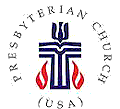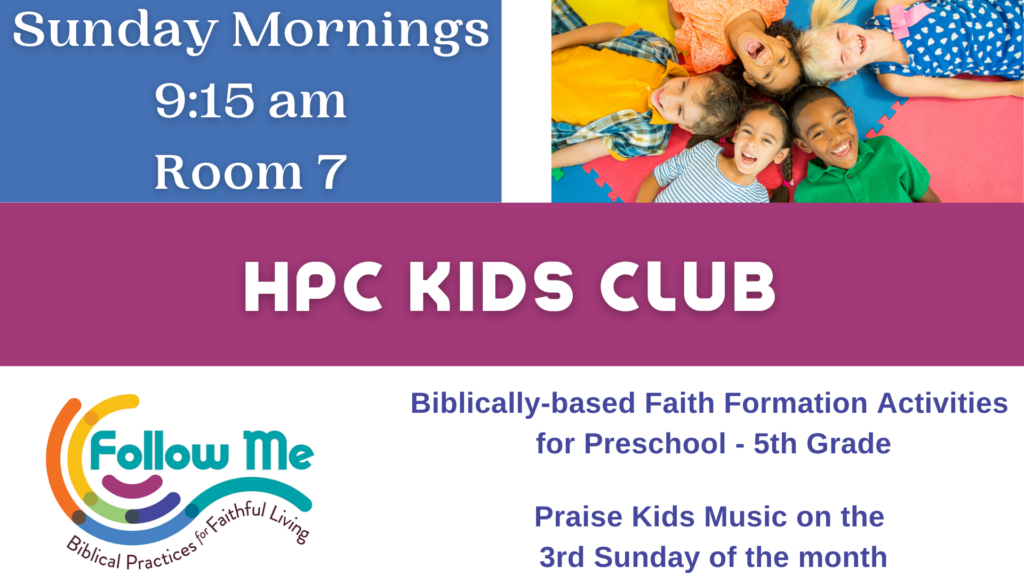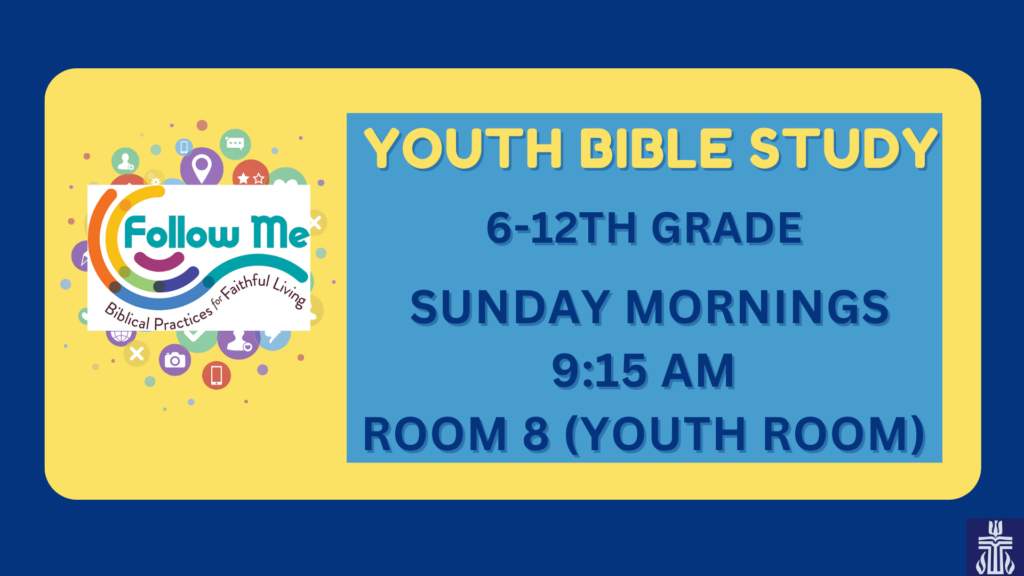Most of what I really need to know about how to live, and what to do, and how to be,
I learned in kindergarten.
I learned: share everything, play fair, don’t hit people, put things back where you found them, clean up your own mess, don’t take things that aren’t yours, say you’re sorry when you hurt somebody, wash your hands before you eat. Flush. Warm cookies and cold milk are good for you. Live a balanced life – learn some and think some and draw and paint and sing and dance and play and work every day some. Take a nap every afternoon. When you go into the world, watch out for traffic, hold hands, and stick together. Be aware of wonder[i] . . .
This was the first essay of a collection of 50 published by author and minister Robert Fulghum in the now classic book in 1988, which stayed on the New York Times bestseller lists for almost two years. Its premise was simple; to consider those first lessons taught to us at the beginning of our education and consider how the world might be improved if adults adhered to the same basic rules as children. Even thirty years later, its message holds. So many things in our lives and world are based on the most basic of lessons we learned, or should have learned as children, particularly in regards to how to get along with one another. Have you ever sat in a room of presumed adults in conflict, and imagined it to be much like toddlers in a sandbox fighting over toys and flinging sand through the air, just waiting for them to throw a tantrum or cry because sand was in their eyes? I often want to reply to people with learning songs from Daniel Tiger, not just because they’re what we use in our house, but because they are so spot on. Sometimes, the best way we can grow into the kind of mature beings I believe we generally hope to be, is to remind ourselves that it doesn’t always have to be so complicated and dramatic. Sometimes it’s just going back to the basics.
I think the same is true for our lives of faith, and this week in our series want to spend a little time thinking about those songs of faith that we might assume are reserved only for children. They are the ones you will hear echoing in the hallway of the education building each week at the beginning of the Sunday School hour from our Praise Kids. If you pay close attention, you’ll catch snippets of them as Denise plays when the children come and go from the steps in worship. They’re what gets stuck in your head after a week of church camp or VBS, and chances are, if someone starts to sing one you know, you’ll jump right in:
Halle-lu, halle-lu, halle-lu, halle-lu-jah! (Praise Ye the Lord!)
Deep and Wide, Deep and Wide, (there’s a fountain flowing deep and wide)
The B-I-B-L-E (yes that’s the book for me! I stand alone on the word of God, the B-I-B-L-E!)
He’s got the whole world (in his hands!)
Zacchaeus was a wee little man, (a wee little man was he!)
This little light of mine, (I’m gonna let it shine!)
We could go on, couldn’t we? There are a ton of these little songs. At first it seems like it would be easier to come up with some simple summary or phrase, but let me tell you, putting things into such a concrete, clear way that it can easily be understood by a child is a huge task. Anyone who has ever explained anything to a child has likely experienced the following: you give your best, most heartfelt, most accurate explanation of something, and just as you are thinking about your triumph, you get a skeptical face who either 1) dismantles your entire argument in one sentence, or 2) asks the start of a never-ending question: “why?” To answer things for children, you really have to be on your toes. The same is true for these songs. They offer so much more than just a fun little tune or rhyme to teach to kids. They pack a theological punch. The writer of 1 Timothy encourages the young leader to not be dissuaded by his youth, and today I encourage us to not just dismiss those Sunday School children’s songs, because they are meant for the younger set. They provide a distillation of our faith that takes us back to the foundations of our faith. And taking them to heart, no matter our age, reminds us that we are all still children of God.
Children have a lot to teach us about faith. They approach God with a sense of wonder that many of us have lost as we have gotten older (and perhaps wiser) and have encountered the complexities of life. But don’t mistake a child’s wonder with simplicity. Children don’t have any less of the number of theological questions (Where is God? How big is God?) – they are just more comfortable living in the mystery of them. And they aren’t afraid to ask if they don’t know. In this way, they are profound theological thinkers, absorbing the facts and reasonable components of faith as presented, and also gazing into the distance of all the possibilities and ambiguities, and they hold those not in tension, but in harmony with each other. I wonder if this is the truest reflection of what it means to have faith.
Perhaps that’s why Jesus took time to welcome children – because they “get it” in ways that many of us adults just can’t. That picture of Jesus’ welcome appears in all 3 of the Synoptic Gospels (Matthew, Mark, and Luke), each with its own unique characteristics. In Matthew’s version, it is a gentler than the conflict found in other accounts; simple, but weighty[ii]. The theological meat of the story comes with the profound and counter-cultural claim that children are to be welcomed. At the top of the list of reasons for why is the simple fact that Jesus himself said it and modeled it. He saw them, quieted his cranky disciples, and welcomed them into his presence. He laid hands on them, a sign of approval, of blessing, and of commissioning. Children belong, and perhaps the marker of how the world, the church, receives them, is an indicator of how well or not we are exhibiting the kingdom of God here and now. Biblical scholar Judith Gundry-Volf affirms that:
the Gospels teach more than how to make an adult world kinder and juster for children.[They] teach the reign of God as a children’s world, where children are the measure, where the small are great and the great must become small[iii].
To the most vulnerable and weak, Jesus offers welcome. He exhibits signs of blessing and protection. As Olive Elaine Hinnant summarizes this moment:
He will keep little ones safe. They have a place to belong if the world does not seem to care[iv].
Sound familiar? She connects this story to the words of perhaps the most well-known children’s song of all: Jesus Loves Me.
These words were written first in 1860 by Anna Bartlett Warner, who collaborated regularly with her sister Susan to publish 18 of their combined 106 literary works. They were highly educated and deeply devoted Christian young women who lived along the Hudson River, and for many years taught Sunday School classes for the young cadets attending West Point. In fact, they are the only two civilians who are buried in the military cemetery there and were laid to rest with full military honors. Their writing careers came by necessity after their father died, and this particular song comes in a heartbreaking novel titled Say and Seal, a best-seller second only to Uncle Tom’s Cabin at the time, where the character Mr. Linden comforts a dying child, Johnny Fax, with the reminder that he is loved by Jesus, who watches over him. It is a poignant moment in the text that solidifies a foundation in faith that carries us not just through childhood singing but into the final moments of our lives as well. The poem inspired Dr. William B. Bradbury to compose music for it and add the chorus, which he presented in 1862 in his hymnal publication The Golden Shower. You may know some other hymns by Bradbury: “He Leadeth Me,” “Just as I am,” and “Sweet Hour of Prayer” are among those significant contributions he made to the development of early gospel hymnody in our country[v].
This hymn stands the test of time, and is loved by not just children in age, but by all children of God. It quickly gained universal appeal and is one of the most commonly taught first hymns by missionaries because of the central claim it makes to faith. It’s words bring us comfort about whose we are, those who have been claimed and loved by our Lord and Savior, who welcomes us in our most vulnerable state, and promises that even to us, the kingdom of God belongs. When we lay hold to this claim for ourselves, we find ourselves in the embrace of Jesus, who welcomes us as children, however we come, and who promises blessing and a place for us. Everything we need to know about our faith rests on this central claim in our lives, that Christ has claimed us as his own forever. To sing “Jesus Loves Me” is more than just repeating a childhood song – it is stating the core of our faith that enables us to love and serve Christ and each other. Our ability to do that, I think, lies in our willingness to have faith like a child and find our place in the kingdom of God. So may we sing this song of faith together, in humility and meekness of the one in whose presence we come, and in celebration and joy for the welcome we will find there:
~Rev. Elizabeth Lovell Milford
June 17, 2018
____________________________________________________________
[i] Robert Fulghum, All I Really Need to Know I Learned in Kindergarten, (1988).
[ii] Gary Neal Hansen, “Theological Perspective: Matthew 19:13-15,” Feasting on the Gospels: Matthew, Volume 2, Cynthia A. Jarvis and E. Elizabeth Johnson, Editors, (Louisville, KY: Westminster John Knox Press, 2013).
[iii] Judith Gundry-Volf, “Jesus and the Children: “To Such as These Belongs the Reign of God,”” Theology Today 56, no.4 (January 2000): 480, as quoted in Joseph R. Jeter, “Homiletical Perspective: Matthew 19:13-15,” Feasting on the Gospels: Matthew, Volume 2, Cynthia A. Jarvis and E. Elizabeth Johnson, Editors, (Louisville, KY: Westminster John Knox Press, 2013).
[iv] Olive Elaine Hinnant, “Pastoral Perspective: Matthew 19:13-15,” Feasting on the Gospels: Matthew, Volume 2, Cynthia A. Jarvis and E. Elizabeth Johnson, Editors, (Louisville, KY: Westminster John Knox Press, 2013).
[v] The background for this hymn comes from Kenneth W. Osbeck, 101 Hymn Stories: The Inspiring True Stories Behind 101 Favorite Hymns, (Grand Rapids, MI: Kregel Publications, 1982) and Robert J. Morgan, Then Sings My Soul: 150 of the World’s Greatest Hymn Stories, (Nashville, TN: W Publishing Group, 2011).



